Rearing monarchs in the classroom or at home is a highly valuable educational tool for teachers, parents, and citizen scientists. This activity helps students to understand the monarch life cycle, witness the phenomenon of metamorphosis and deepen their connection to the natural world. However, Save Our Monarchs Foundation does not support large-scale captive rearing of monarchs as a conservation strategy. There are several known risks of large-scale captive rearing of monarchs. These risks include increasing diseases and parasites in wild populations and causing the captive monarchs not to migrate. Due to the lack of scientific evidence supporting the practice of rearing monarchs to increase overall population, we support this activity only in a limited capacity as an educational tool. In addition to our educational mission, Save Our Monarchs is dedicated to utilizing conservation strategies for increasing monarch populations. These strategies include creating new biodiverse pollinator habitat, improving existing habitat, raising awareness about monarch conservation, and providing milkweed and other native plant seeds to the public. Materials Needed
5 Steps to Rearing MonarchsStep 1: Find the eggs and/or caterpillars
Step 2: Put milkweed cutting in water and put them in a ventilated enclosure.
Step 3: Clean the cage regularly The caterpillars are eating constantly so they will generate a lot of frass (cute name for you know what). This frass should be collected every other day in order to keep the larvae healthy and prevent diseases from spreading. You can simply replace the bottom of the container with more paper towels or newspaper paper for easier clean-up. Just throw the frass into your compost bin to add nitrogen! Step 4: Keep feeding the hungry caterpillars!
Step 5: Release Your Butterfly Into the Wild
Please note that even in captivity, Monarchs can develop diseases, parasites, bacterial infections and other illnesses. The best way to prevent this from happening is to keep a very clean cage that is kept dry and not humid. For a list of common monarch ailments click here. |
AuthorRebecca Chandler Archives
March 2024
Categories |

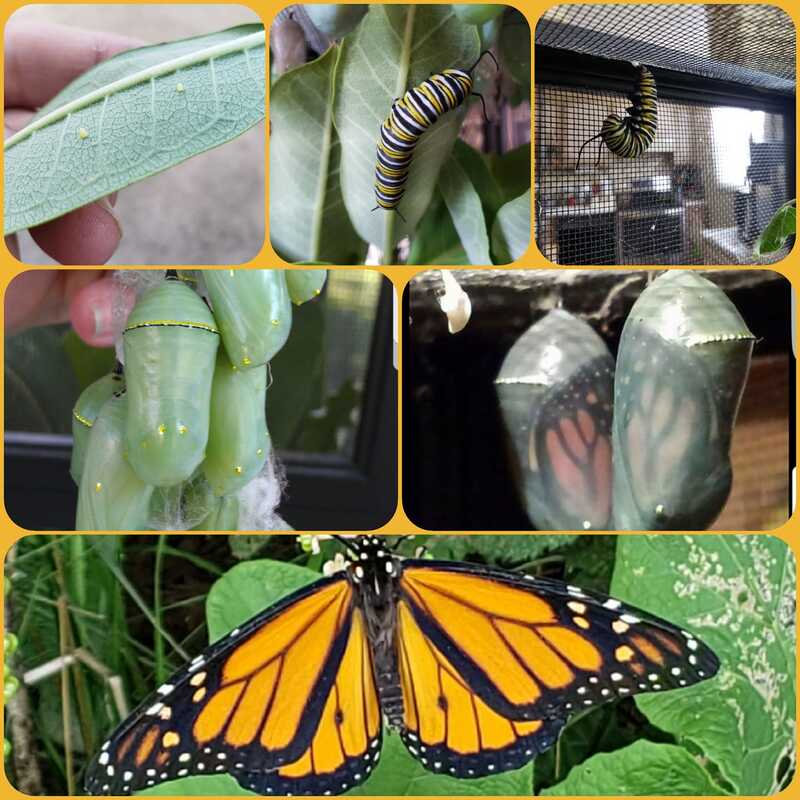
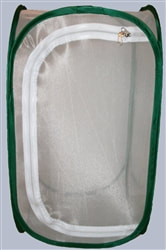
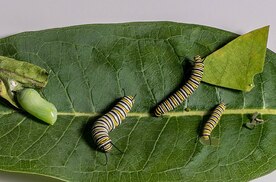
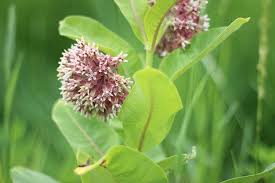
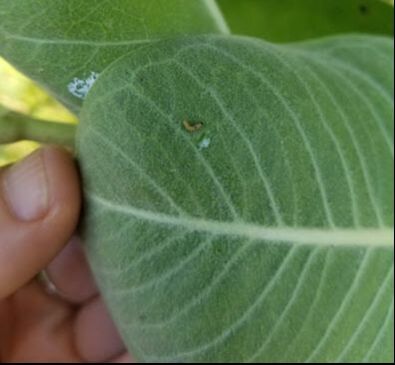
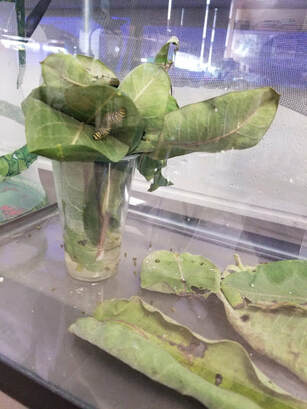
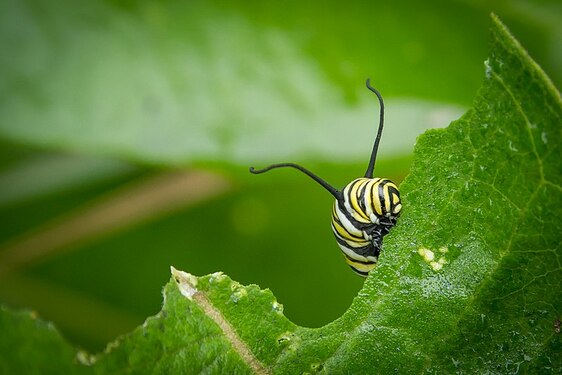
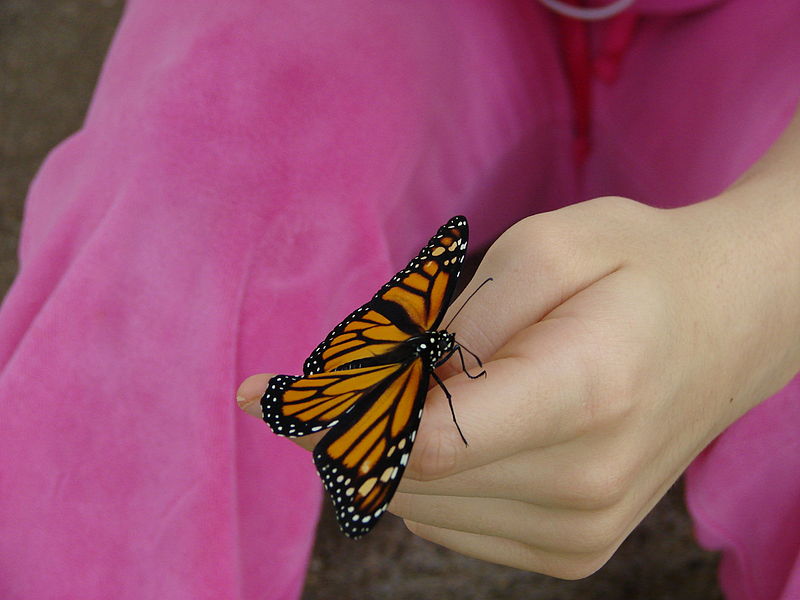
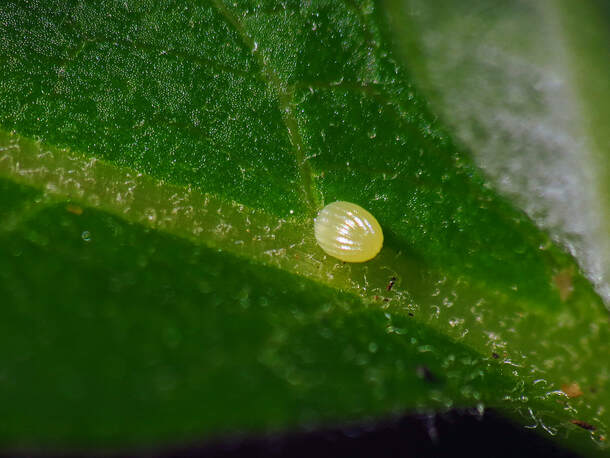
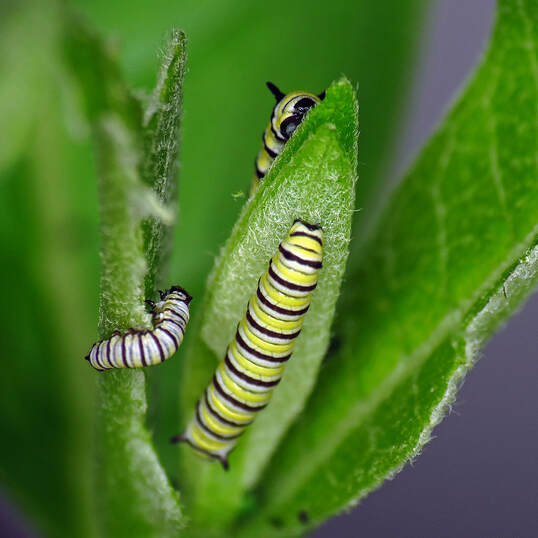
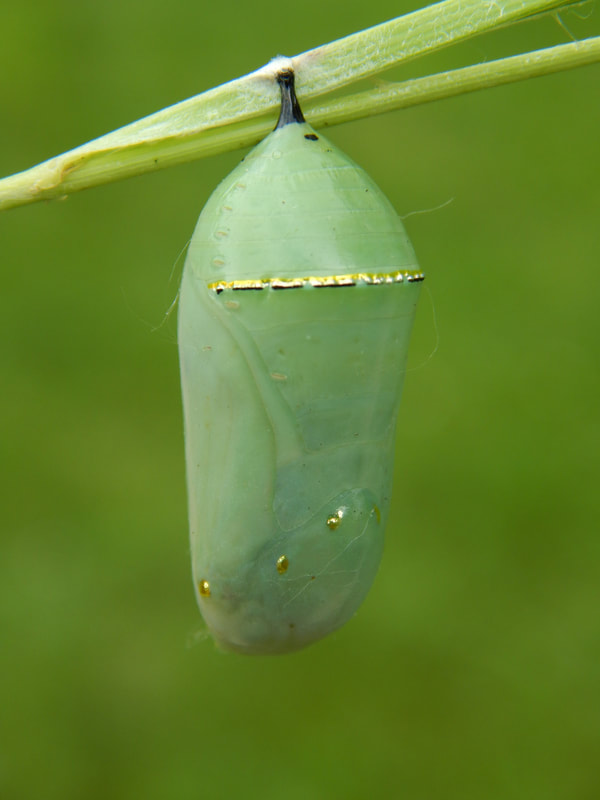
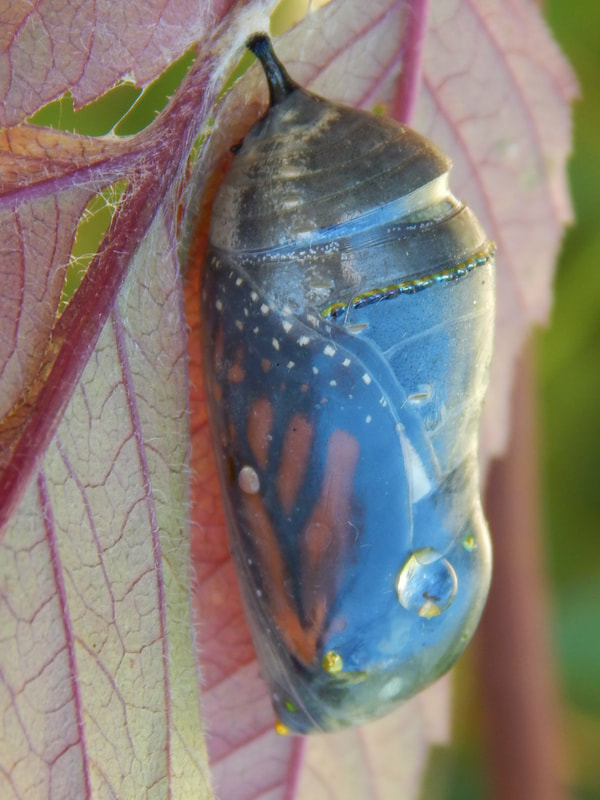
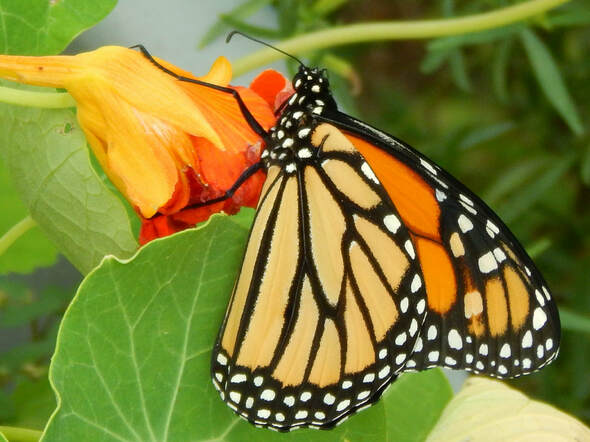
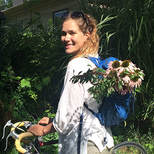
 RSS Feed
RSS Feed